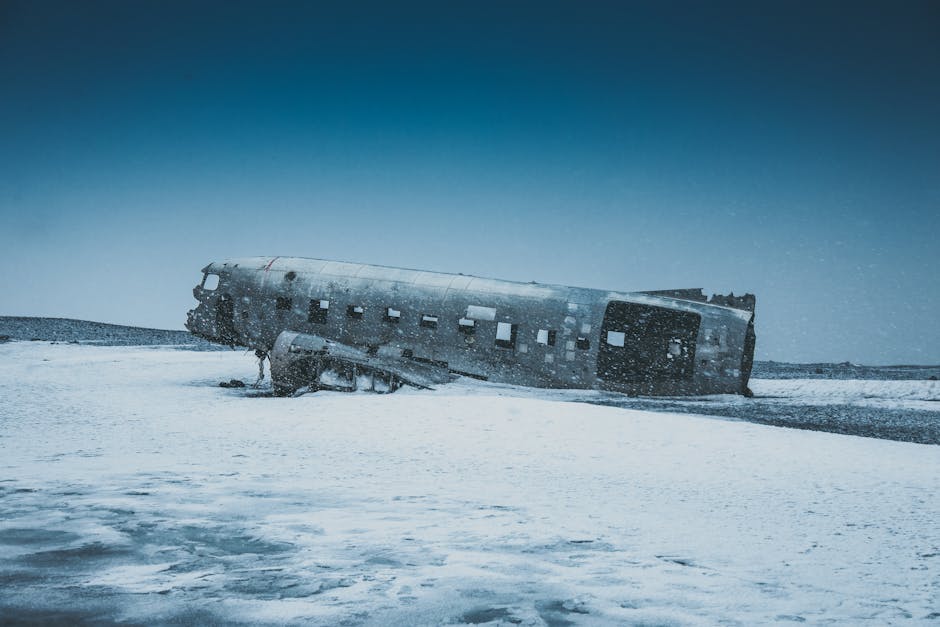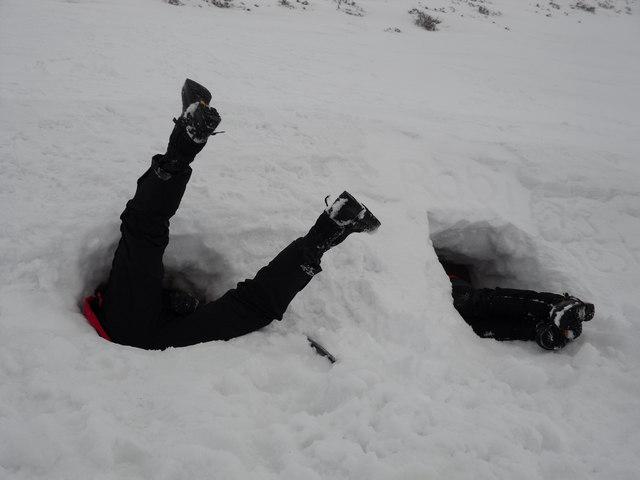On October 12, 1972, Uruguayan Air Force Flight 571 took off with 45 passengers, including rugby players and their loved ones. What began as a routine journey soon spiraled into a harrowing tale of survival against the unforgiving backdrop of the Andes mountains. This account explores the raw human spirit, the unimaginable choices made, and the resilience that emerged from one of history's most grueling ordeals.
The Flight and Initial Crash
Uruguayan Air Force Flight 571, carrying rugby players, friends, and family members, departed on October 12, 1972. Leaving Montevideo, Uruguay, the chartered flight aimed for Santiago, Chile. An unexpected overnight stop in Mendoza, Argentina, due to bad weather, postponed their journey.
On October 13, as the plane resumed its trek, it veered into tragedy. Misjudging the location, the pilot descended too early while still surrounded by the Andes' peaks. The aircraft crashed into the mountainside, shearing off its wings and tail, before plummeting into an isolated glacier valley at around 11,500 feet.
The crash's immediate aftermath:
- 12 passengers died upon impact
- 33 stunned survivors remained
- 5 more died on the first night
The plane's fuselage became their shelter against subzero temperatures. Food scavenged from the wreckage dwindled quickly. After ten days, a transistor radio brought the crushing news: the search was abandoned.
Weeks turned into months. Starvation forced an unthinkable choice—consuming the bodies of the dead. Almost two weeks post-crash, an avalanche swallowed their shelter, claiming eight more lives. As numbers dwindled to 16, their thoughts turned to a desperate mission: finding help beyond those cruel peaks.
In December, three brave souls—Canessa, Parrado, and Vizintín—embarked on a treacherous hike. Vizintín returned to preserve rations for the other two. On December 20, Canessa and Parrado encountered a Chilean herdsman named Sergio Catalán, who alerted authorities.
The rescue timeline:
- December 22: First rescue mission saves six survivors
- December 23: Bad weather delays return for the remaining eight
After 72 days, the ordeal concluded. Their return from the Andes was both joyous and tragic. The global media hailed the "miracle in the Andes," but the survivors' admission of cannibalism shocked many. They rationalized their choice as a necessity for survival.

Survival in Extreme Conditions
Enduring the brutal expanse of the Andes required wit, bravery, and tenacity. The survivors quickly realized that subzero temperatures and lack of sustenance were immediate threats to their existence.
The plane wreckage played a pivotal role in their survival. The fuselage became a lifeline against the biting cold. Survivors repurposed items creatively:
- Seats transformed into makeshift walls
- Luggage used as wind barriers
- Seat covers repurposed as blankets
The group's rationing strategies showcased their determination and resourcefulness. Initially, they had a limited supply of candies, jam, and wine. Every morsel was carefully distributed. As food ran out, the survivors faced the somber reality of starvation.
Their resolve grew in the face of adversity. Cannibalism was adopted out of a primal need for survival. This morbid diet became the line between life and death. Each bite represented not just nourishment, but a connection to their lost comrades.
High altitude added to their tribulations. The thin air made each breath a labor. Simple tasks became monumental undertakings. Yet, even in this harsh environment, they displayed astonishing resilience.
"Hope was kept alive by human interaction and camaraderie born from shared suffering."
The critical moment arrived when a small group embarked on a last-ditch effort to cross the mountains for help. Canessa, Parrado, and Vizintín's journey was a desperate gamble, fraught with danger. Driven by the need to save their fellow survivors, they pressed on.
The herdsman's discovery marked the end of their battle against the elements. Survival in the Andes was not merely physical—it was a mosaic of mental fortitude, ingenuity, and unyielding hope. The resilience shown by Flight 571's survivors will forever echo as an account of human endurance amidst nature's unforgiving heart.
The Decision to Resort to Cannibalism
Resorting to cannibalism emerged from the inexorable struggle to hold onto life in the face of certain death. Each survivor faced a moment alone with their conscience against the backdrop of the icy wilderness. Roberto Canessa would later recount the haunting detail of that first incision. The act was a confrontation with their deepest fears and morals.
When starvation loomed larger each day, they were beset by haunting realizations—friends who once laughed together now laid out as the only source of sustenance. It was a bizarre communion, one borne from shared history and now shared flesh. Their reflections revealed the torment of such moments, with hunger gnawing harder than guilt.
This disquieting resolution was carried out with solemn reverence, treating the bodies as both a precious resource and the sacred remains of comrades. Nando Parrado articulated how hunger clouded ethics: an act of survival had been distorted by necessity.
For every bite taken, a silent homage was paid. The flesh of their friends became an intimate connection to life itself. It was an irreversible step that carried psychological consequences. Reflecting on those snow-bound days, they understood it was survival stripping away their earlier inhibitions.
The psychological burden weighed heavily. These moments were etched into their minds alongside a deep-seated resolve to continue living. Each shared meal of flesh was not a failure of morality but a testament to the extent they were pushed to endure.
This shared ordeal fostered an even firmer bond of brotherhood. Together, they dealt with the aftermath and faced a world ready to judge without understanding. Returning to civilization, they confronted both elation for their survival and horror at their confession.
Canessa, Parrado, and their companions lived not just with the physical scars, but with the memories of friends turned flesh and the psychological scars these actions carved. They found themselves explaining again and again, as if understanding could emerge from recounting.
In the aftermath, those who shared this melancholic bond found solace in their mutual comprehension. Where the world saw an astonishing tale of choices unfathomable, they saw an account of profound survival and redefined resilience.
Once enveloped by the heartless heart of the Andes, they left as men forged by necessity, bearing the indelible marks of their ordeal—etched deep not just in their memories but in the essence of their spirits.
The Avalanche and Its Impact
On October 29, the survivors' makeshift shelter was hit by a devastating avalanche. The sudden disaster claimed eight more lives, burying them under snow and leaving the remaining survivors in shock.
This event was a harsh reminder of their precarious situation. It pushed them to reconsider their strategy, moving from passive endurance to planning an active escape. The avalanche strengthened their interdependence and resolve to survive.
Roberto Canessa noted how the nights felt heavier after the tragedy. The loss of their companions galvanized the group's spirit, leading them to consider trekking through the Andes in search of rescue.
"Every step of our journey was driven by the memory of those we had lost and the determination to save those left behind."
The avalanche, while devastating, ultimately refined their perception of survival and forged an unbreakable communal resolve among the survivors.

The Rescue Mission
Driven by determination, Canessa, Parrado, and Vizintín prepared for their rescue mission. They rationed supplies and trained in the harsh landscape, pushing their weakened bodies to the limit.
In December, they set out into the vast expanse of the Andes. The journey was grueling, with thin air and treacherous terrain testing their resolve. Vizintín made the difficult decision to turn back, allowing Canessa and Parrado to continue with more resources.
As they pressed on, the duo supported each other through moments of desperation, sharing stories to keep their spirits up. Their perseverance paid off when they encountered Sergio Catalán, a Chilean herdsman, who alerted authorities.
The rescue timeline unfolded as follows:
- December 22: Six survivors airlifted to safety
- December 23: Remaining eight survivors rescued
- Total days of ordeal: 72
The rescue brought unexpected challenges as the survivors faced public fascination and judgment over their survival choices. Their return to Uruguay marked them as symbols of human tenacity, forever changed by their experience in the Andes.

Aftermath and Public Reaction
The rescue was met with a mix of celebration and shock. While initially hailed as heroes, the survivors soon faced scrutiny when their use of cannibalism for survival was revealed. This created a polarized public reaction, with some struggling to reconcile admiration for their bravery with discomfort over their methods.
The survivors, including Roberto Canessa and Nando Parrado, defended their actions, emphasizing that survival came before social conventions. Their stance resonated with many but repelled others, highlighting the complex nature of their experience.
Reintegrating into society proved challenging for the survivors. They faced:
- Judgment and incomprehension
- Praise for their survival
- Difficulty in explaining their experiences
Over time, they used public appearances, interviews, and memoirs to share their story and foster understanding. Movies, books, and documentaries about their experience helped reshape public perception. The survivors worked to move beyond the focus on cannibalism, emphasizing themes of solidarity, bravery, and the will to live.
Reflecting on their journey, the survivors expressed gratitude towards their deceased friends who had become their saviors. This perspective helped shift the narrative from one of horror to one of resilience and the extraordinary capabilities of the human spirit.
Their story continues to resonate as a powerful example of human endurance and the complexity of survival in extreme circumstances.1
The story of Flight 571 showcases human resilience in the face of unimaginable hardship. Through their ordeal, the survivors demonstrated extraordinary strength and determination. Their journey serves as a powerful reminder of the human spirit's capacity to endure and overcome even the most challenging circumstances.























